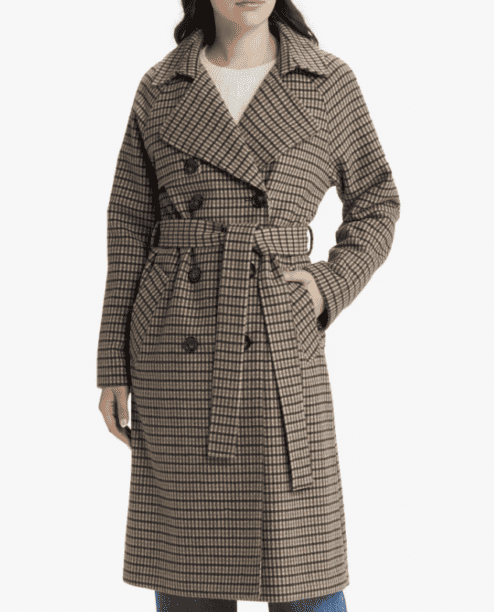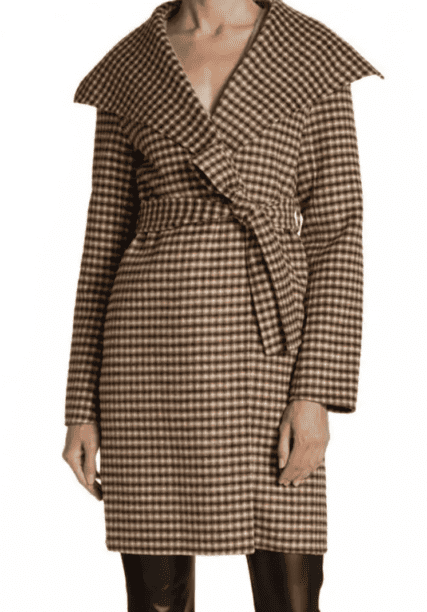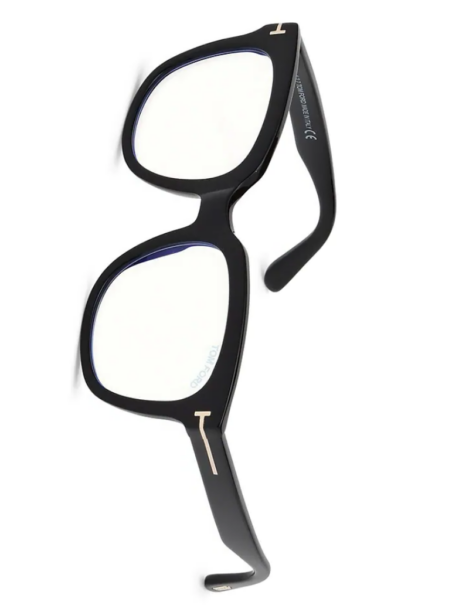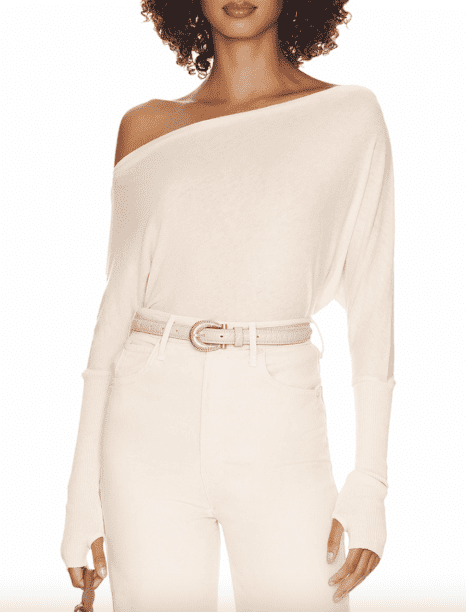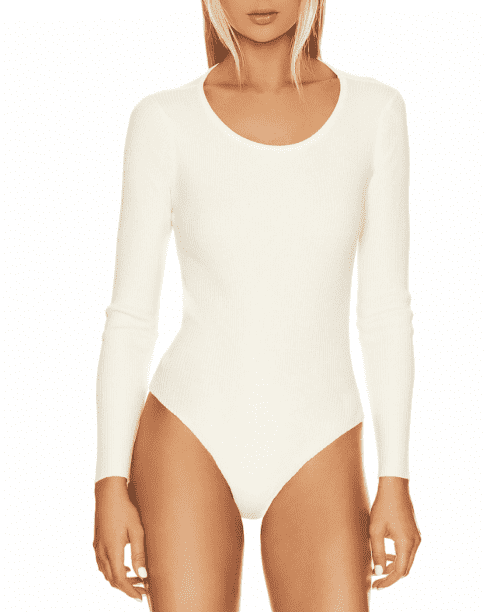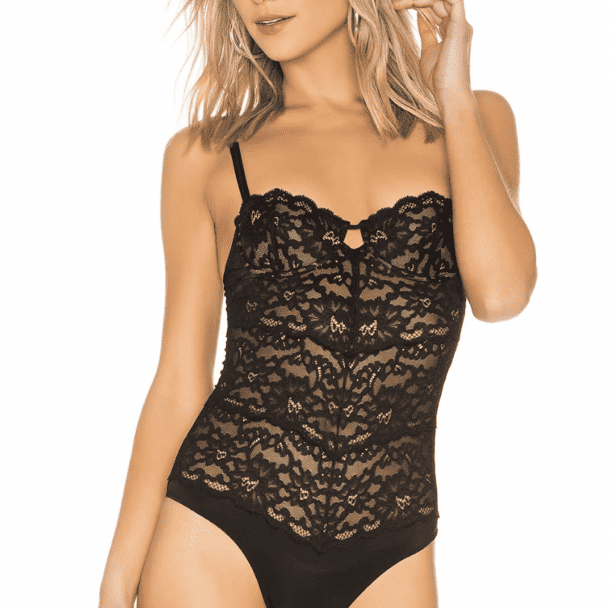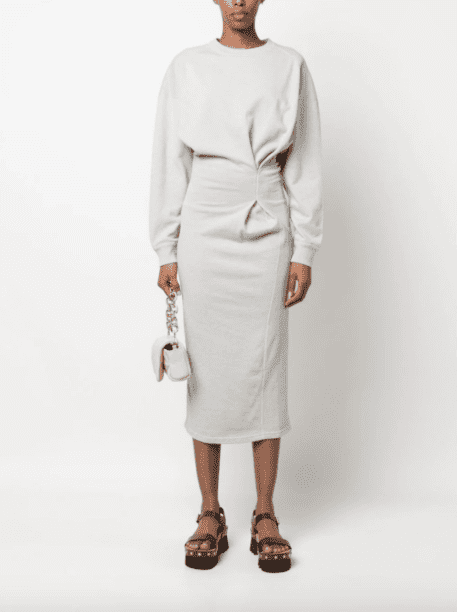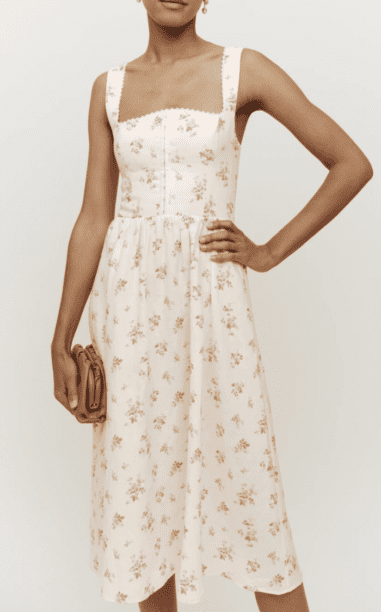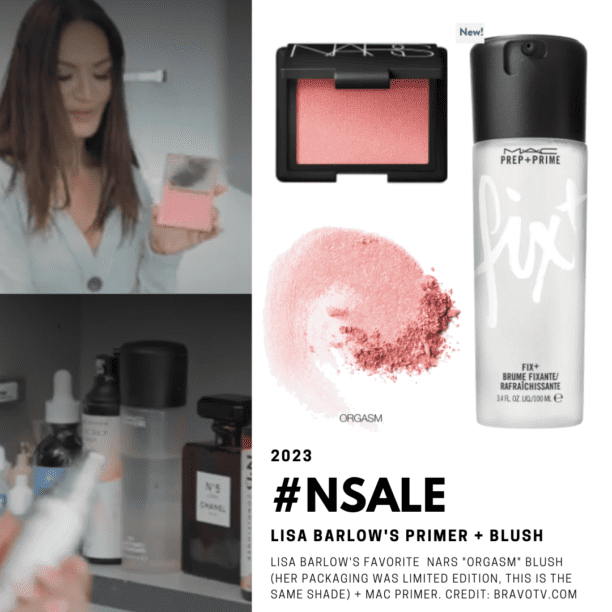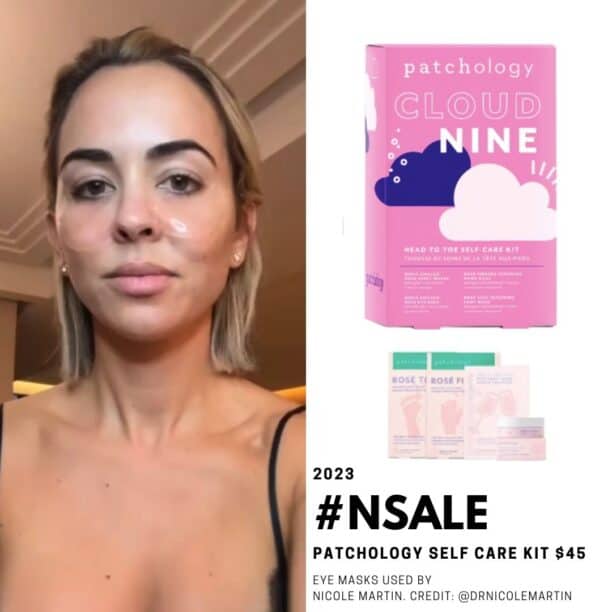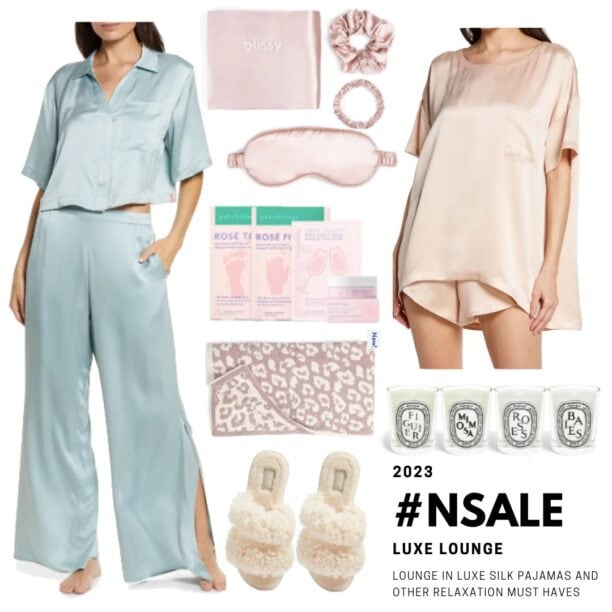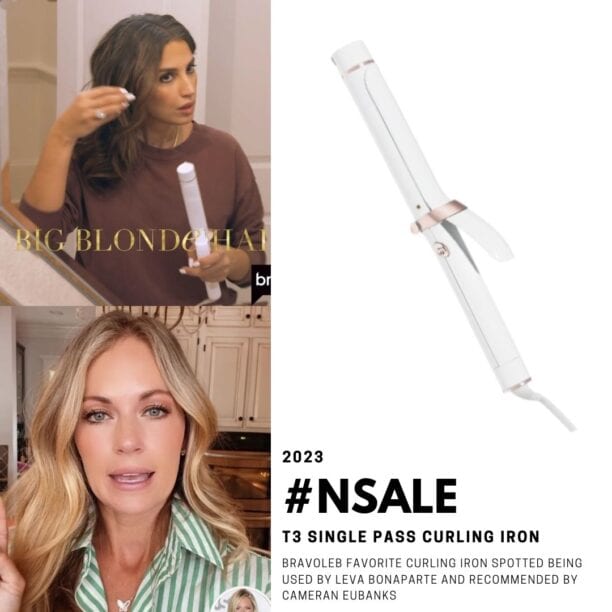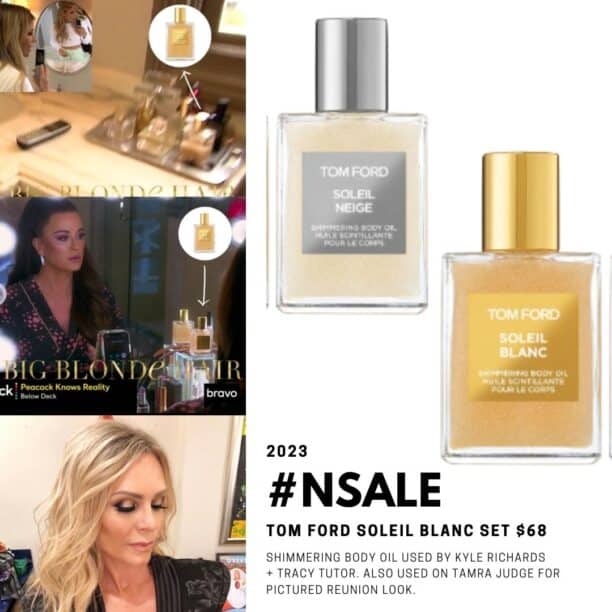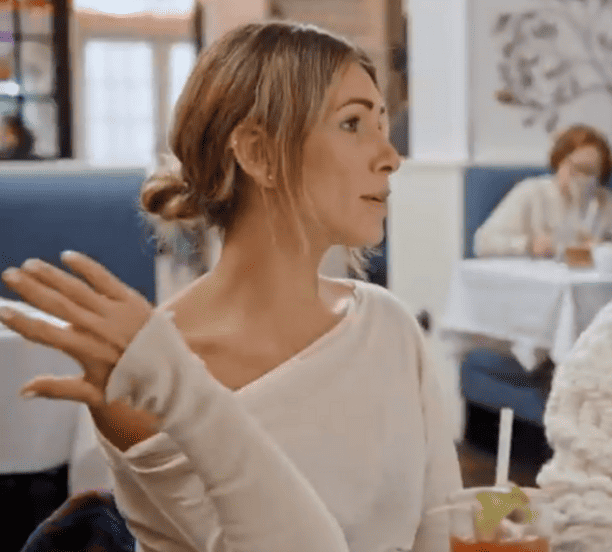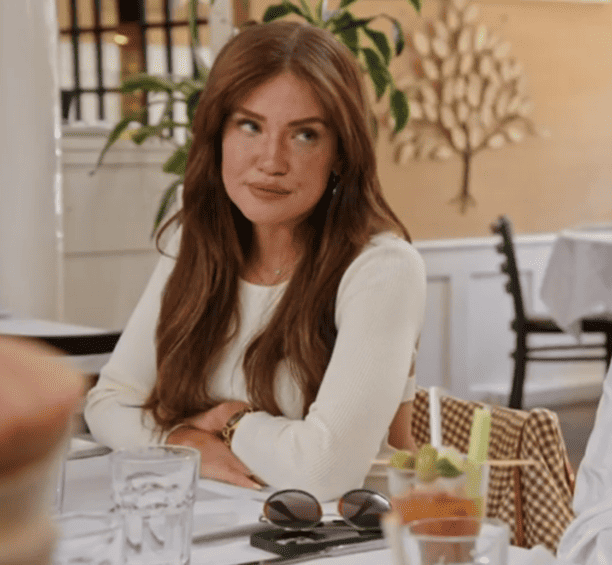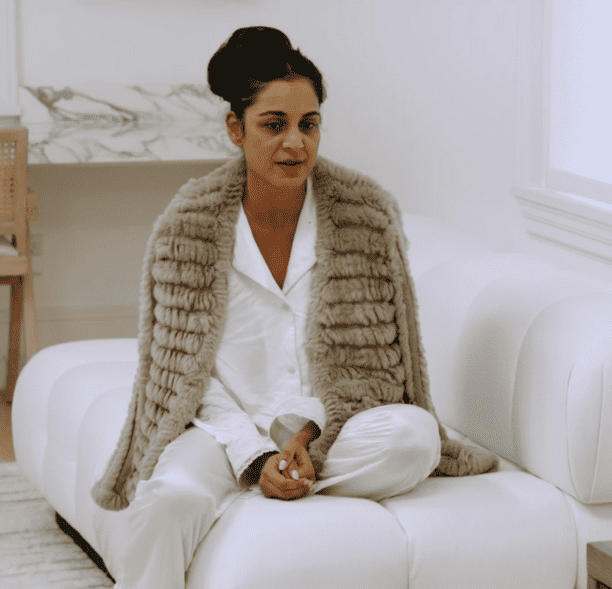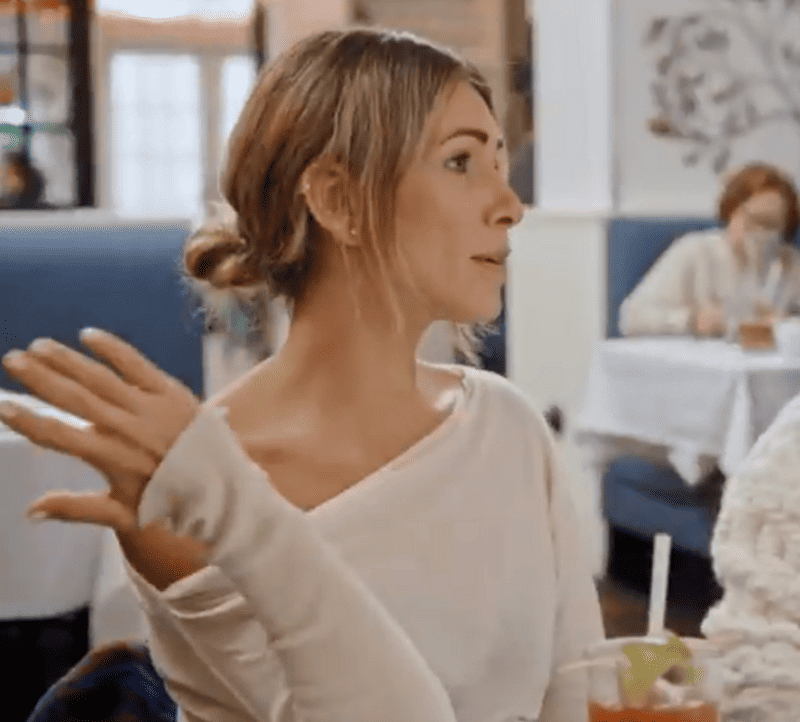Therapeutic Benefits of Decluttering Your Home and Your Life

Clutter. We’ve all experienced it on some level. Some of it is visible. Some of it is hidden from our sight. Physical and mental clutter have a funny way of creeping into our homes and our lives. Slowly but surely, we become inundated and overwhelmed by it, sometimes to the point of making us sick.
Visible Clutter
Think Paper Clutter
The kind of clutter that seeps into our homes every day and when not dealt with on a regular basis, it builds up, filling our kitchen countertops, desktops, nightstands, and coffee tables. Every flat surface we have in our homes becomes a repository for junk mail, take out menus, unsolicited advertisements, and bills. Paper clutter is like a virus that spreads rapidly and can easily take over our lives.
Think Digital Clutter
Unopened emails, poorly labeled files, disorganized desktops, digital photos that we promise to delete “someday” fall in this category. Left unattended, our messy and cluttered virtual lives negatively impact our productivity and workflow, causing undo stress.
Think Sentimental Clutter
All of those special things like photos, love letters, and memorabilia that we just can’t seem to let go of. Those things that sit in boxes and storage containers for years in our attic and basement waiting for the right time to sort through them.
This type of physical clutter tends to accumulate as our kids grow and move on and as our parents and loved ones pass away. It’s the type of clutter that will be hidden from our sight, takes up valuable space in our minds because we know we will have to face it someday.
Think Calendar Clutter
When our calendars are filled with too many commitments and obligations (the “have to’s” but “I don’t want to’s”) and when we allow unsolicited expectations of others to consume our time, attention, and energy our calendars leave, no room, no white space for our own priorities and desires.
Hidden Clutter
Think Relationship Clutter
We may not have ever considered toxic relationships and toxic behavior to be a type of clutter, but constant yelling, shaming, blaming, and controlling negatively impact our health and well-being. Just like physical clutter, relationship clutter can hold us back from living the life we want and deserve.
Think Financial Clutter
Like relationship clutter, financial clutter is not always visible or easy to identify, but if you have no budget, regularly max out your credit cards, tend to buy on impulse, and face overdue bills each month, you are likely experiencing the impact and stress of financial clutter.
Each of these types of clutter, whether visible or invisible, impacts our health, our wealth, and our overall happiness. Clutter is like a disease that slowly eats away at the quality of our lives.
But once your eyes have been opened to just how invasive and insidious clutter is costing you your freedom, you’ve taken the first big step to realize the therapeutic benefits of decluttering your home and your life.
How Do You Feel About Decluttering?
For many, the thought of decluttering stirs up negative emotions. These are the top 5:
1. Overwhelm
Problem: Not knowing where or how to get started. Too big of a task to comprehend.
Solution: Start in one small area, one drawer, one shelf. When you see progress, this will motivate you to continue.
2. Sentimentality
Problem: Attachment to memories, feeling that we will lose those if we let go of sentimental clutter.
Solution: Keep a few special items, take photos, create a Shutterfly album, and write about why the items are important to you.
3. Procrastination
Problem: You know you have to declutter, and you even want to declutter, but you keep putting it off until tomorrow.
Solution: Give yourself a deadline and a schedule. Get a friend to help and to hold you accountable.
4. Fear
Problem: Fear that you will make a mistake and might give away something that you need later.
Solution: Develop a decluttering mindset and muscle. Over time it gets easier, and you experience the freedom of less.
5. Guilt
Problem: The feeling that you spent “good money” on it or that it was a gift from someone and you feel guilty about letting it go.
Solution: Face the reality that the money is spent, and you will not get it back. Also, give yourself the leeway to realize that it was a gift, and it is yours to keep or not. Focus on how life will be much easier after decluttering.
Push Reset on How You Feel About Decluttering
When you rethink the way you feel about the process of decluttering, you will start to see it as a way to make your life easier because it frees up space in your home and in your head.
Decluttering is an emotional process. Allow yourself to feel those feelings of fear, guilt, sentimentality, and attachment. Allow yourself to grieve the loss/donation/repurposing of items to others.
Decluttering can be a positive and therapeutic experience. It can reduce stress, overwhelm, and restore clarity, peace of mind, freedom, and happiness. Decluttering is the cure for clutter.
Think of decluttering as a way to cure clutter and to simplify all areas of your life.
- When you make a habit of decluttering and purging excess physical and mental clutter regularly…
- When you create boundaries about what you allow into your home and into your life…
You will start to see decluttering in a whole new light because it is more about what you will gain rather than how much you will lose or let go of.
Benefits of Decluttering
Decluttering your home and your life gives relief, it lifts the burden and weight off your shoulders of clutter. It helps you make room for a simpler, more abundant life.
Let’s Have a Conversation:
What is the first thing that comes to your mind when you hear/read about decluttering? Is it positive or negative? Have you started decluttering any area of your life? How is it going?
Read More




